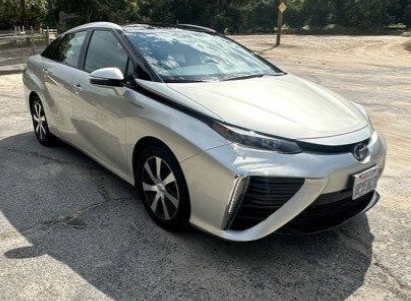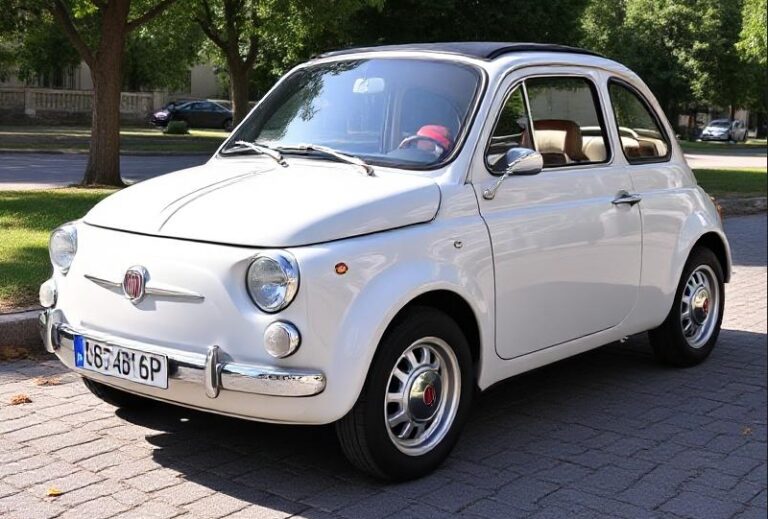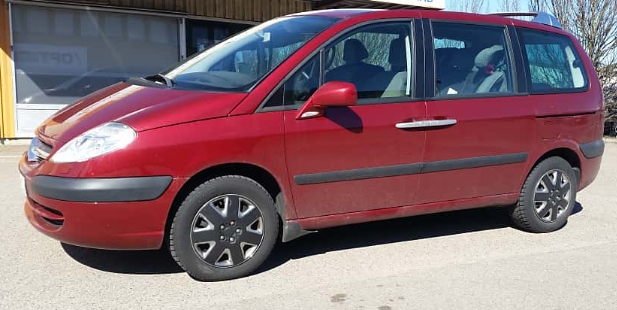The Evolution of the Toyota Corolla: A Journey Through Automaking Excellence
The Toyota Corolla has become synonymous with reliability, efficiency, and affordability since its introduction in 1966. This compact car has undergone significant transformations over the years, adapting to changing consumer demands and technological advancements while retaining its core appeal. In this article, we will explore the comprehensive history of the Toyota Corolla, detailing its evolution, the various models and trim levels offered, and how it has marked its place in automotive history.
First Generation: E10 (1966-1970)
Launched in November 1966, the first-generation Corolla set the stage for what would become a global phenomenon. Designed by Shinichi Sasaki, this compact car was celebrated for its practical size and reliable performance.
Models and Trim Levels:
- 1970 Corolla: The initial models included the Corolla K model, with basic trim options emphasizing affordability. Higher trims offered more sophisticated features.
Second Generation: E20 (1970-1974)
In 1970, Toyota released the second generation of the Corolla, maintaining its winning formula of economy and efficiency but making the car slightly larger and more comfortable.
Models and Trim Levels:
- 1971: The E20 Corolla saw an expansion in its lineup with the introduction of a two-door sedan and a four-door sedan.
- 1973: The higher-end “Corolla DX” emerged, aimed at consumers looking for additional comfort and features.
Third Generation: E30 (1974-1979)
The third generation, introduced in 1974, was notable for its more modern styling and greater focus on safety features, aligning with global trends.
Models and Trim Levels:
- 1975: The Corolla again expanded its offerings, introducing a two-door coupe and a station wagon.
- 1976: New trim levels included the “Corolla SR” and “Corolla SE.”
Fourth Generation: E70 (1979-1982)
Released in 1979, the fourth generation continued the Corolla’s evolution with a more refined aesthetic and better build quality.
Models and Trim Levels:
- 1980: The redesign included a variety of body styles, including two-door, four-door, and five-door hatchbacks.
- 1981: Trim levels now included Corolla, Corolla DX, and higher-end models like the Corolla LE.
Fifth Generation: E80 (1983-1987)
The fifth generation, debuting in 1983, introduced new technology such as electronic fuel injection and a more aerodynamic design.
Models and Trim Levels:
- 1984: The hatchback variations became even more popular, and the SR5 trim offered sportier features.
- 1987: The Corolla GT-S appeared, which focused more on performance.
Sixth Generation: E90 (1987-1991)
With the sixth generation, released in 1987, the Corolla further embraced sportiness. The design was longer and offered improved interior comfort.
Models and Trim Levels:
- 1989: The addition of the Corolla All-Trac represented Toyota’s entry into the all-wheel-drive segment, aimed at markets with diverse weather conditions.
- 1991: The top-of-the-line Corolla was the “Corolla GT,” featuring a more powerful engine.
Seventh Generation: E100 (1991-1995)
The seventh-generation Corolla debuted in 1991, emphasizing refinement and technological improvements while retaining the car’s reputation for dependability.
Models and Trim Levels:
- 1993: The introduction of the “Corolla LE” brought luxury features.
- 1995: The model lineup was streamlined to include the CE (Classic Edition) and LX (Luxury) trims.
Eighth Generation: E110 (1995-2000)
In 1995, the Corolla returned with a sleeker design and enhanced technology, incorporating advanced safety features.
Models and Trim Levels:
- 1997: The introduction of the Corolla S trim added sport styling elements.
- 1998: Limited editions and variations were offered to cater to diverse consumer preferences.
.
THIS might be a great place to get your new car from!
Or for those who are into the “car flipping” business, here’s an excellent resource for you!

.
Ninth Generation: E120/E130 (2000-2007)
The ninth generation, introduced in 2000, marked a significant turning point with a new platform and a more spacious interior, reflecting consumer demand for larger compacts.
Models and Trim Levels:
- 2001: The Corolla CE, LE, and S trim levels provided options for various lifestyles, with the S emphasizing sport features.
- 2003: The Corolla XRS was introduced as a performance-oriented variant.
Tenth Generation: E140/E150 (2006-2013)
Launched in 2006, the tenth generation continued to build on the strengths of its predecessor while incorporating a more aggressive design language.
Models and Trim Levels:
- 2009: The Corolla XLE was introduced, focusing on luxury and comfort.
- 2011: Trim levels were further refined to include a wider range of technology and comfort features.
Eleventh Generation: E170 (2012-Present)
The eleventh generation, introduced in 2012, embraced modern technology and efficient designs, including the incorporation of hybrid technology in later models.
Models and Trim Levels:
- 2014: The introduction of the Corolla S Plus and the Eco trim level emphasized sport and efficiency.
- 2016: The Corolla SE debuted, targeting younger consumers with a sporty focus.
- 2020: The Corolla Hybrid was released, marking Toyota’s commitment to hybrid technology.
The Current Landscape
As of the latest models, the Toyota Corolla has maintained a robust lineup characterized by a blend of practicality, performance, and technology:
Current Models and Trim Levels:
- XLE: A luxurious variant with advanced features like a premium sound system.
- SE: A sportier version featuring a sport-tuned suspension.
- LE: The standard model focusing on comfort and efficiency.
- Hybrid: Combining fuel efficiency with modern technology for eco-conscious consumers.
Conclusion
From its humble beginnings in 1966 to its current status as one of the best-selling cars in history, the Toyota Corolla has continuously evolved to meet the needs of consumers across the globe. Its journey reflects changes in technology, design, and consumer preferences while remaining fundamentally anchored in the principles of reliability and value that have defined it for decades. The Corolla’s ability to adapt and innovate is what has ensured its place as a staple in the automotive world, resonating with millions of drivers seeking a practical yet enjoyable driving experience. As we move into an era of electrification and sustainability, it is clear that the Corolla’s legacy will continue to unfold, adapting yet again to the demands of a new generation.







